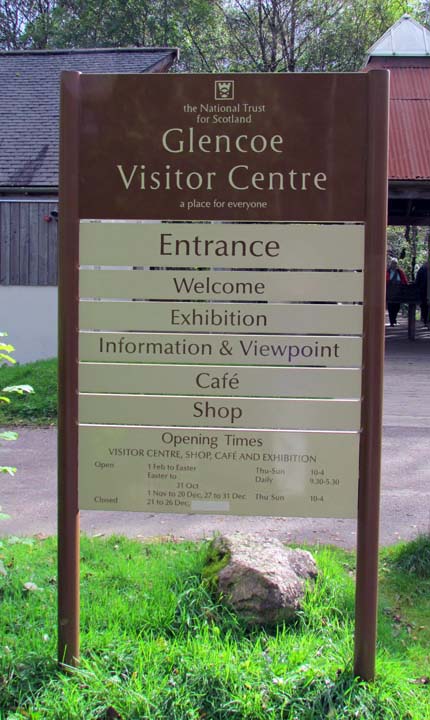
Glencoe
Glen Coe valley is quite historic as it is near the site of the Massacre
of Glencoe in the
1690s, in which MacDonalds and Hendersons were killed by the Campbells acting on
the orders of King William.
Early in the morning of
13 February 1692, an infamous massacre took place
in Glen Coe. This incident is referred to as the Massacre
of Glencoe. The massacre began
simultaneously in three settlements along the glen—Invercoe, Inverrigan,
and Achnacon—although the killing took place all over the glen as
fleeing MacDonalds were pursued. Thirty-eight MacDonalds from the Clan
MacDonald of Glencoe were killed
by the guests who had accepted their hospitality. Another forty women and children died of exposure after their homes were
burned.
The Glencoe massacre became a propaganda piece for
Jacobite sympathies, which were to come to a head in the next generation in the
Rising of 1745. In the Victorian
era
interest was revived and the massacre was romanticized in art and literature,
such as Sir
Walter Scott's "The Highland Widow".
Due to the involvement of Argyll's regiment under
Glenlyon's command, the massacre was regarded by many not as a government
action, but as a consequence of the ancient MacDonald–Campbell rivalry. Memory
of this massacre has been kept alive by continued ill feeling between MacDonalds
and Campbells. Since the late 20th century the Clachaig
Inn,
a hotel and pub in Glencoe popular with climbers, has had a sign on its door
saying "No Hawkers or Campbells" although it has been said that
this is probably more for the amusement of tourists than from any lasting sense
of revenge.

This display clearly shows how the Highland are a series of crags and valleys
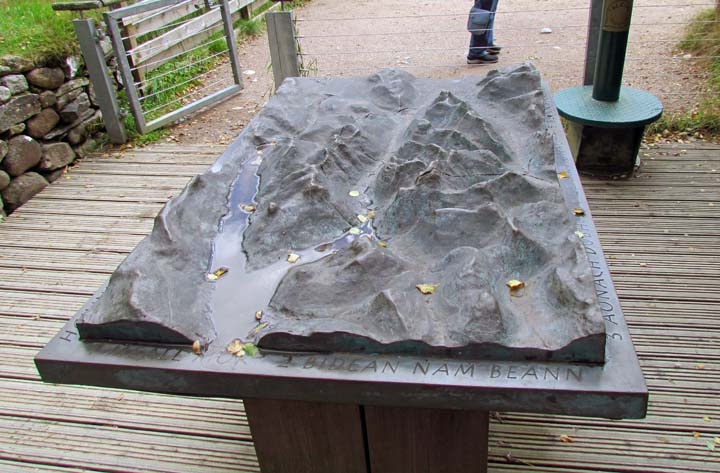
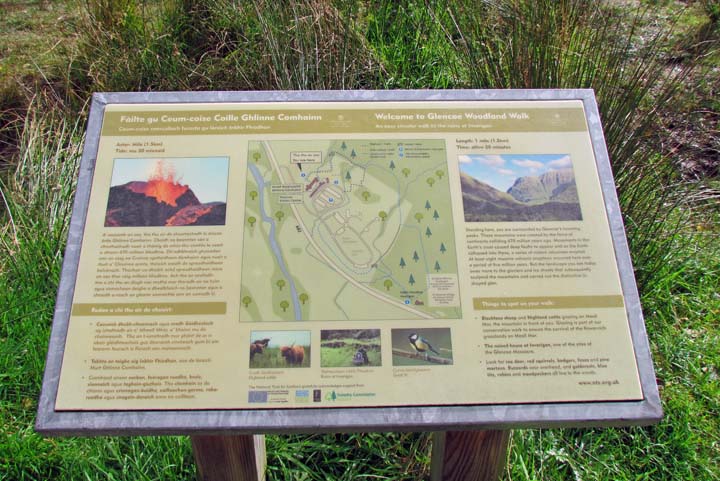
One would never know the bloody history of this place if one finds only the beauty of the scenery.
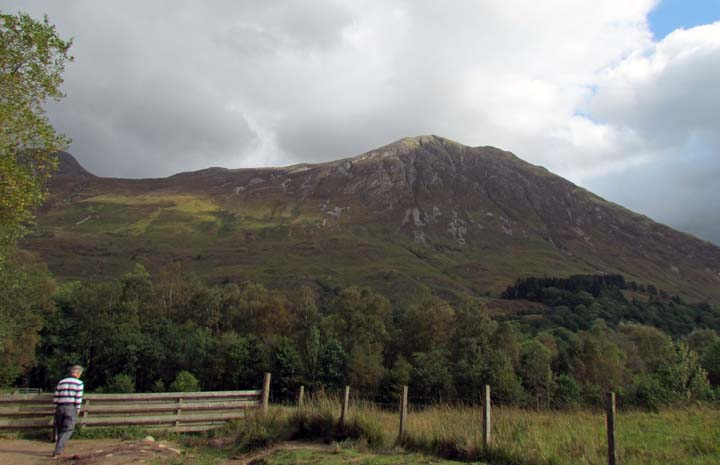
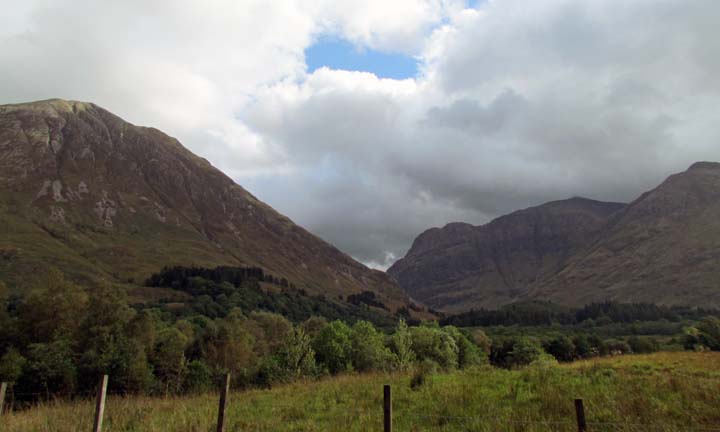
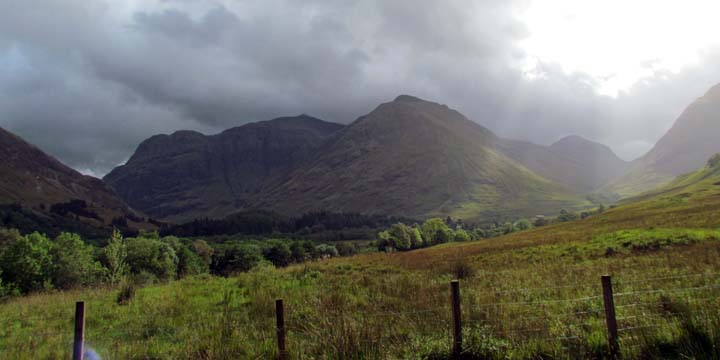
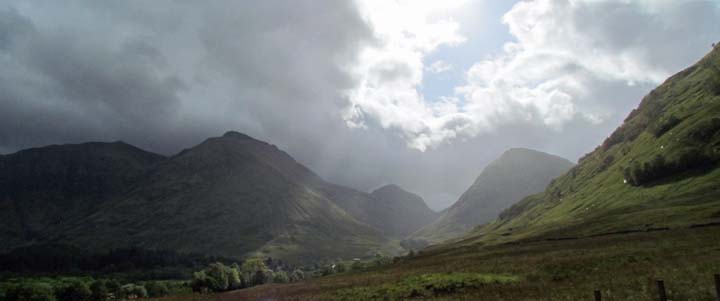


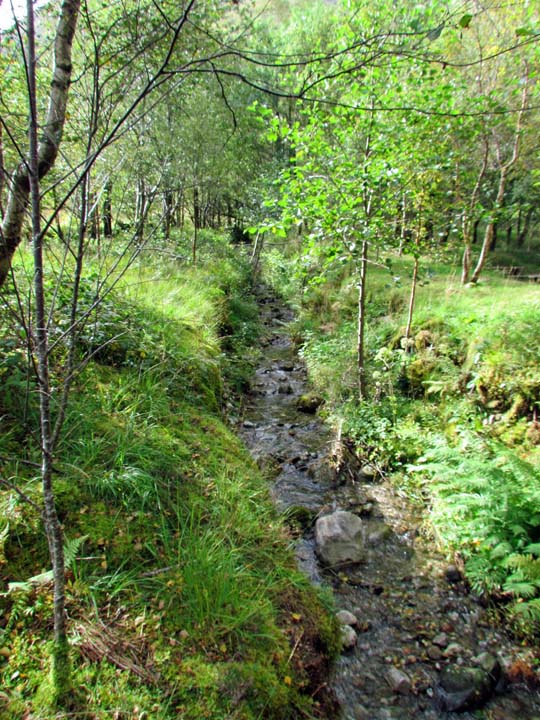
~ ~ ~ ~ ~ ~ ~ ~ ~ ~ ~ ~ ~ ~ ~ ~ ~ ~ ~ ~ ~ ~ ~ ~ ~ ~
And off we go